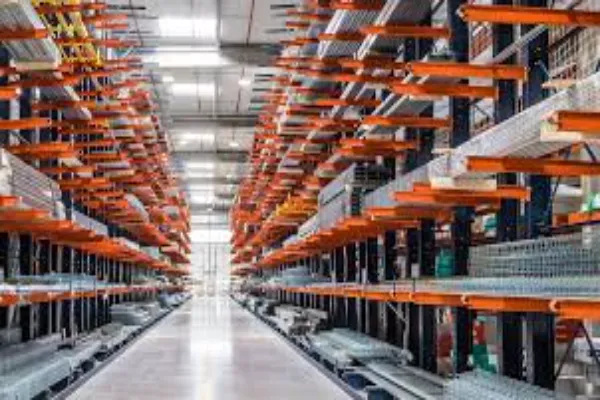6 Questions to Help You Determine if Cantilever Racking is Right for Your Warehouse
Efficient storage solutions are the backbone of any well-organised warehouse. If you’ve been on the hunt for an effective way to store long, bulky or irregularly shaped items, cantilever racking may just be the answer. But how can you decide if this storage system is the best fit for your warehouse? By asking the right questions, you can better understand how cantilever racking can optimise your storage operations and whether it suits your unique needs. Here are six questions to help you decide if cantilever racking is right for your warehouse.
What Types of Items Are You Storing?
The first and most crucial question is: what exactly are you storing? Cantilever racking is specifically designed to handle long, oversized or awkwardly shaped items that don’t easily fit on traditional shelving. Common examples include timber, steel pipes, plasterboard, PVC tubes and even furniture. If these are the types of products you deal with, cantilever racking is an excellent choice, as it provides open storage with no vertical obstructions. This allows materials to be easily loaded, stored and retrieved without unnecessary hassle.
How Much Space Are You Working With?
Efficient use of your warehouse space is vital when choosing a storage solution. Take a look at your available floor space and vertical height. Cantilever racking is incredibly versatile, offering both single-sided and double-sided configurations. This means you can customise the layout to optimise space usage. Single-sided systems are perfect for warehouses with one side of the space up against a wall, whereas double-sided systems allow you to access inventory from both sides, maximising capacity. By assessing your available space, you can determine how cantilever racking could fit into your warehouse layout.
What Are the Dimensions of Your Inventory?

Every piece of inventory in your warehouse has unique dimensions, which is why it’s essential to evaluate your stock in detail before committing to cantilever racking. The arms and uprights of cantilever racks come in a range of weight capacities and lengths, making it important to choose a system that matches your inventory’s needs. For example, heavy-duty cantilever racking is ideal if you’re storing steel beams or other extremely heavy materials, while lighter-duty systems may work well for PVC piping or sheet goods.
How Frequently Do You Access Your Inventory?
Ease of access is another vital consideration. Does your warehouse require frequent pick-ups and drop-offs? With cantilever racking’s open-front design, forklifts can easily manoeuvre inventory in and out without obstructions. Whether you’re rapidly turning over materials or managing slower-moving stock, cantilever racking can be adapted to support your operational workflow.
Do You Plan to Scale in the Future?
If you anticipate your business growing in the coming years, you’ll want a storage solution that can grow with it. Cantilever racking is modular, meaning you can add to the system as your storage needs expand. By thinking ahead, you can save money and minimise disruptions to your warehouse operations in the future.
Is Cantilever Racking Cost-Effective for Your Needs?
Consider whether cantilever racking fits within your budget. While this system may require a larger upfront investment compared to standard shelving, the long-term benefits often outweigh the costs. Improved space efficiency, quicker access to stored materials and reduced damage to inventory can yield significant savings over time.




